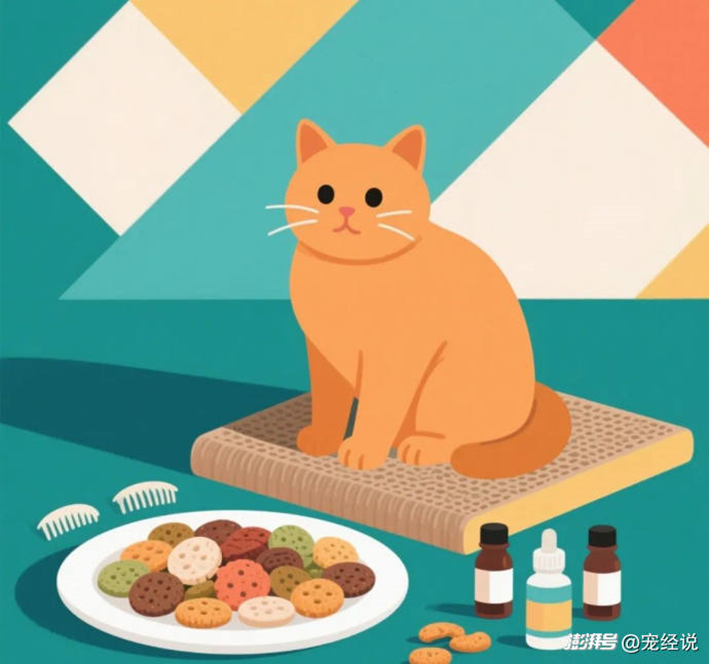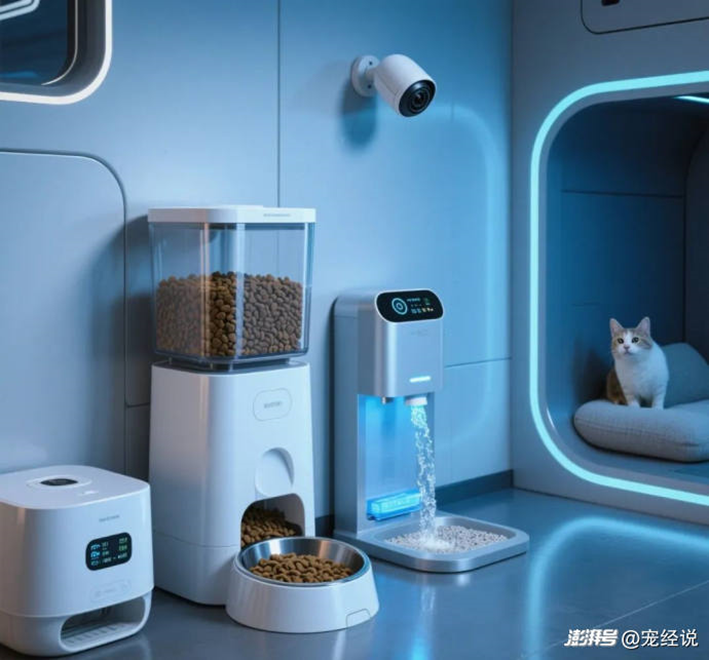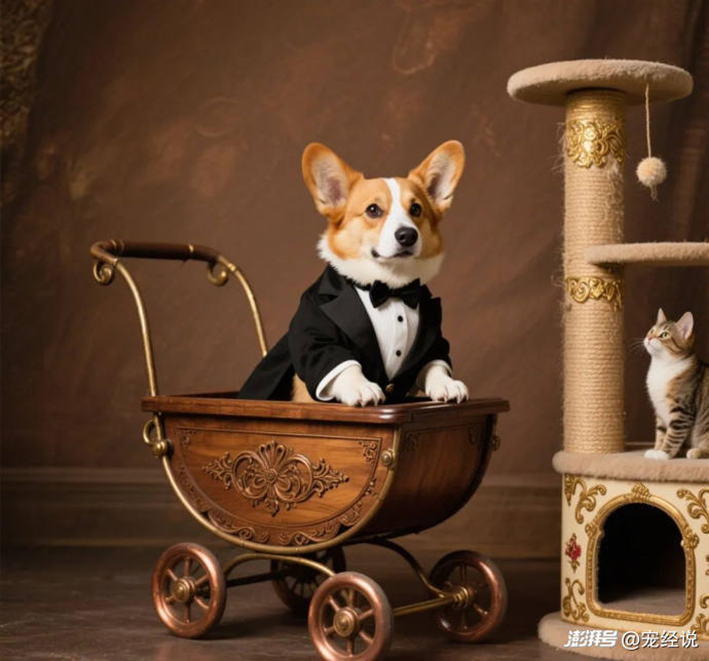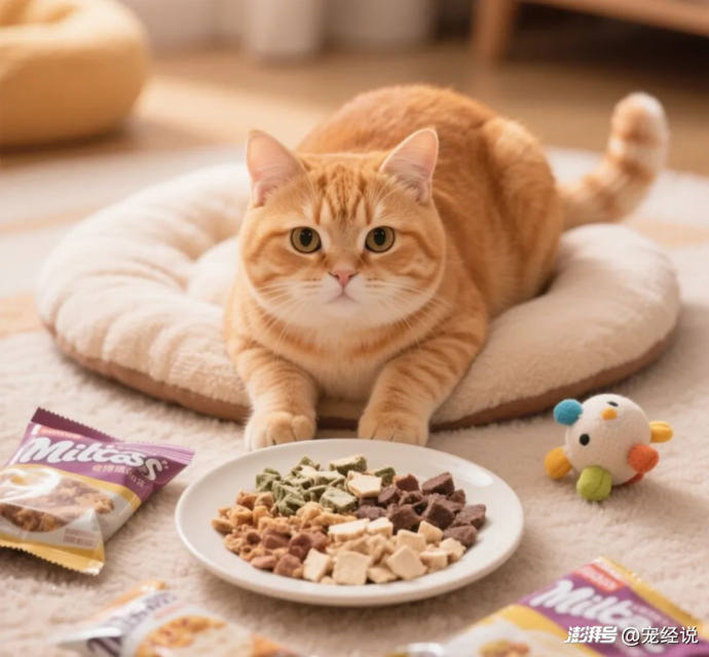
News list
新闻列表
“It's all a trend”
In recent years, China's pet economy has shown a rapid development trend, and the market size is moving towards the trillion level. In this process, many changes and trends in the field of pet consumption are worth exploring in depth. These changes not only reflect the transformation of pet owners' consumption concepts, but are also closely related to technological development, industrial upgrading, and social and cultural changes.
Regarding this, the Pet Classic has compiled six major development trends worth paying attention to in the future of China's pet industry.
1. Refined upgrade of nutrition and health care and localized integration of "health preservation"
With the popularization of scientific feeding concepts, pet owners' nutritional needs have surpassed basic needs and turned to refined and functional nutritional supplements. The market for basic supplements such as vitamins and fish oil remains stable, while functional products such as probiotics and chondroitin sulfate targeting specific health issues such as intestinal health, joint maintenance, and hair radiance are showing rapid growth.

A significant localization feature is that, influenced by traditional Chinese "health preservation" culture, the concept of "pet health preservation" is quietly emerging. Pet health products and snacks containing Chinese herbal ingredients (such as goji berries and astragalus) or drawing inspiration from the concept of medicinal food homology, with their "natural" and "regulated" characteristics, meet the differentiated health needs of some pet owners and demonstrate unique market potential.
2. Product innovation accelerates: The wave of intelligence reshapes the pet raising experience
The traditional pet supplies market is being disrupted by a continuous wave of innovation. In addition to the widespread popularity of basic care products such as wet wipes and toothpaste, intelligent pet care has become an irreversible mainstream trend. Intelligent feeders, water dispensers, litter boxes, and remote monitoring devices have effectively solved the pain points of pet owners' need for convenient and efficient management when going out, and the market penetration rate has rapidly increased. It is worth noting that the iteration of high-end intelligent products is not only reflected in the technical level (such as automated cleaning, data monitoring, deodorization, etc.), but also leads the trend of pet supplies developing towards high-end, refined, and even data-driven services.
This has been confirmed in recent industry exhibitions, such as the 2025 Canton Fair, where the pet smart products exhibition area attracted a large number of international buyers' attention. The number of exhibitors and the technological innovations showcased (especially in remote interaction, health data tracking, etc.) demonstrate the strong vitality and future potential of this field.

How can technological innovation be directly transformed into market opportunities? The performance of Jiangsu Zhenghao Pet Products Co., Ltd. at this Canton Fair provides a vivid example. The booth manager of the company, Shi Zhibo, poured the mixed sand into a transparent experimental box, and with the help of natural activated carbon and biological enzyme technology, the pungent odor was instantly absorbed. "The effect was immediate, and many buyers expressed their intention to cooperate on the spot. Two European companies have already signed trial orders worth over 200000 US dollars
3. Upgrading consumption structure: high-end and personalized go hand in hand
The pet consumption field is showing a significant upgrading trend, especially among the young consumer group, who have a stronger willingness to pay to improve the quality of life and happiness of pets. The trend towards high-end products is not only reflected in the popularity of high priced smart devices, but also widely penetrates into:
In the food industry, high meat content staple foods, imported natural foods, and freeze-dried snacks occupy a larger market share, and even customized fresh food services based on individual pet needs have emerged.
Durable goods and services: The demand for designer brand pet clothing, luxurious cat climbing frames that meet home aesthetics, pet specific carts, and other "exquisite" products is growing; At the same time, high-end pet grooming, professional behavior training, pet photography, and even pet friendly hotels, restaurants, and other experiential consumption are increasingly emerging.
Although personalized customization services are still in their infancy, customized food or nutrition solutions based on pet health data have revealed market opportunities.

4. The power of "China-Chic" is highlighted: the rise of local brands and the deepening of food market segmentation
As the largest sector in the industry, the competition in the pet food market is particularly fierce. Domestic brands are accelerating their rise with insights into local consumers, faster market responses and product iterations (such as innovative concepts like fresh meat grains and herbal formulas), as well as increasingly sophisticated supply chain and channel control. Their market share and consumer trust are steadily increasing, and the "light of domestic products" is frequently emerging, reshaping the market competition landscape. The category segmentation within the food industry continues to deepen
Main grains: concepts such as fresh meat grains, baked goods, and grain free grains continue to iterate to meet the needs of different feeding concepts.
Snacks/complementary foods: freeze-dried (pure meat, mixed), air dried, wet grains (canned, Miaoxian Bao) and other forms are becoming increasingly diverse, meeting multiple scenarios such as interaction, rewards, and nutritional supplementation.
Raw meat and meat/fresh food: Although this niche market is still relatively niche, its attention and target audience are steadily growing, giving rise to professional fresh food brands and offline experiential formats.

5. Channel Evolution: Deepening of Online Dominance Pattern and Increased Influence of Social E-commerce
Pet consumption in China is highly concentrated in online channels, with comprehensive e-commerce platforms such as Taobao/Tmall, JD.com, and Pinduoduo being the core purchasing platforms. It is worth noting that the influence of social e-commerce platforms (such as Xiaohongshu, Tiktok, Kwai) has become increasingly prominent and has become an important user decision-making portal. Content sharing, KOL/KOC recommendations, and live streaming sales have a profound impact on consumers' cognition and purchasing paths, prompting brands to increase investment in content marketing and social channels.
At the same time, the brand's self operated DTC (Direct to Consumer) model, combined with online flagship stores and private domain traffic (such as WeChat communities) operations, has become an important strategy for brands to build user relationships and enhance repeat purchases.

6. Increase awareness of health concerns
The professionalization of medical care and the emergence of the insurance market are the core concerns driving consumption, and continue to promote the standardization and professionalization process of the pet medical industry. Chain pet hospital groups (such as Xinruipeng Group) have improved their service capabilities through integration, while specialized medical services (such as dentistry, cardiology, dermatology, etc.) have begun to emerge to meet more refined diagnosis and treatment needs.
Compared to developed countries, the penetration rate of China's pet insurance market is still at a relatively low level (generally believed to be below 10%), but with the rise in medical costs and the improvement of pet owners' risk management awareness, the market is showing huge growth potential, with a high expected compound annual growth rate of up to 20%. Mainstream insurance companies and Internet platforms have been deployed, but improving product design rationality and claims service experience is still the key to market development. 
7. "Natural" and "Transparent": The Foundation for Reshaping Brand Trust
Consumers' attention to the ingredients of pet food and supplies has reached a new high, with a growing preference for labels such as "natural", "additive free", "organic", and "human food grade ingredients". At the same time, the requirement for formula transparency is becoming increasingly stringent. Clear and detailed labeling of information such as raw material composition, nutritional analysis values, and raw material origin has become the foundation for brands to win consumer trust.
This trend is forcing the entire industry to strengthen supply chain management, improve quality control standards, and promote brands (whether local or international) that focus on the concepts of "nature" and "health" to gain more market opportunities.
Overall, China's pet economy is entering an era of structural change driven by multiple factors. The strong rise of local brands, the widespread application of intelligent technology, the deep penetration of online channels, and the high-end, personalized, and healthy demand in the context of consumer upgrading jointly define the future market landscape.
For all industry participants, keenly capturing these core trends, continuously innovating and iterating products and services, and effectively building brand trust will be the key to maintaining a leading position in this dynamic and competitive market.

